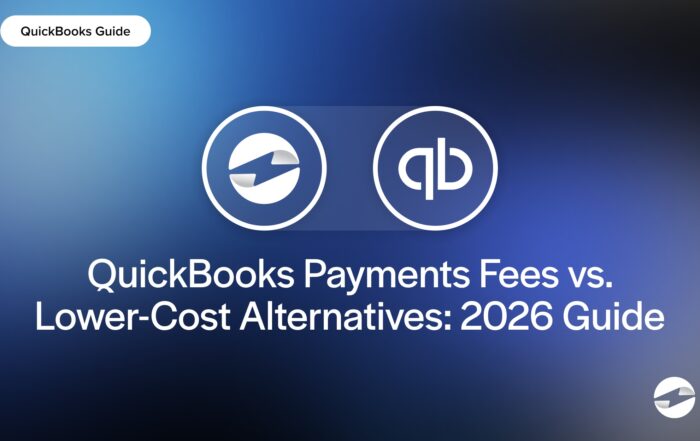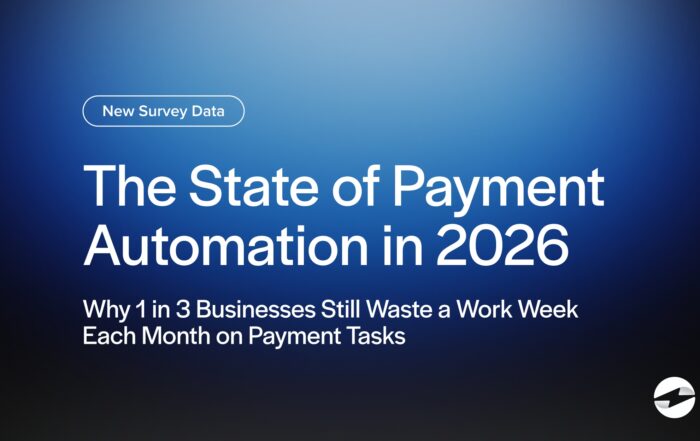What is a stablecoin?
A stablecoin is a type of cryptocurrency that is pegged to a stable asset like a fiat currency or a commodity like gold. Unlike traditional cryptocurrencies that go up and down in value, stablecoins aim to offer the benefits of blockchain – speed, transparency, and decentralization – without the volatility. This makes them a growing option for digital payments and financial transactions.
Key Points
- Stablecoins are cryptocurrencies that maintain a steady value by being pegged to stable assets like fiat currencies or commodities.
- They offer fast, low-cost, borderless transactions, making them ideal for payment processing in global commerce.
- Despite the benefits, stablecoins carry risks related to regulation, transparency, and digital asset management.
How do stablecoins work?
The idea behind a stablecoin is simple: tie the digital token’s value to something stable. But there are a few ways to do it. Some stablecoins are backed by real reserves – actual dollars in a bank account for example. These are called fiat-backed stablecoins and work like IOUs. Every token issued represents a claim on a corresponding unit of the pegged asset. Others use crypto collateral or algorithms to manage price stability. In those systems, the value is maintained through smart contracts that adjust supply based on market demand.
Regardless of the model, the goal is the same: give users a digital currency that doesn’t swing in value day to day.
Stablecoins and payment processing
In the context of payment processing stablecoins offer an interesting middle ground between traditional finance and crypto. They can move money fast and securely across borders without the delays and fees associated with banks and card networks. For merchants, accepting stablecoins means access to a wider range of customers – those in countries with unstable currencies or limited access to banking. Plus, payments settle much faster than traditional wire transfers, sometimes in seconds.
The blockchain infrastructure also brings transparency and traceability which is attractive to businesses that need clear records for compliance or auditing.
Benefits of using stablecoins in payments
There are a few benefits:
- Speed: Transactions are processed almost instantly especially compared to ACH transfers or international wires.
- Lower Fees: Stablecoin transactions bypass credit card networks and banks, reducing transaction costs.
- Borderless Access: Great for international customers and freelancers who want to avoid currency conversions and slow bank transfers.
- No Volatility: Unlike Bitcoin or Ethereum, you don’t have to worry about the price dropping before your payment clears.
These benefits make stablecoins especially attractive for eCommerce stores, remote service providers, and global supply chains.
Risks and considerations
While stablecoins offer some nice perks they’re not without issues. The biggest concern is regulation. Different countries are still figuring out how to classify and control stablecoins, which means rules can change unexpectedly.
- Counterparty risk: If a company claims their coin is 1:1 backed by cash how do you know they’re being honest? Some stablecoins are more transparent than others and some have faced scrutiny for not having proper reserves.
- Digital wallet and private keys: Like any crypto-based system stablecoins rely on digital wallets and private keys. If you lose access to your wallet you lose your funds.
Examples of Popular Stablecoins
- USDC (USD Coin): Issued by Circle and Coinbase, widely considered one of the most transparent and regulated.
- USDT (Tether): The largest stablecoin by market cap but has faced criticism over reserve disclosures.
- DAI: A decentralized stablecoin backed by other cryptocurrencies governed by the MakerDAO community.
- BUSD (Binance USD): Previously regulated but recently wound down operations in certain jurisdictions.
Frequently Asked Questions
Are stablecoins the same as crypto?
Not exactly. Stablecoins are a type of cryptocurrency but they’re specifically designed to maintain a fixed value. Regular crypto like Bitcoin or Ethereum is more volatile and used more as an investment or store of value.
Can I use stablecoins to pay for goods or services?
Yes. Many online merchants, freelancers, and even charities now accept stablecoins. Some payment processors also offer APIs to let businesses accept stablecoins and convert them to fiat instantly.
How do I accept stablecoin payments as a business?
You’ll need a digital wallet and a payment processor that accepts stablecoins—BitPay, Coinbase Commerce, or a Web3 payment gateway. Some will even convert the stablecoins to dollars for you so you don’t have to deal with crypto risks.
You May Also Like
Read More
QuickBooks Payments Fees vs. Lower-Cost Alternatives: 2026 Guide
Read More
EBizCharge Listed as a 2025 Construction Executive Top Construction Technology Firm
Read More
Read More



